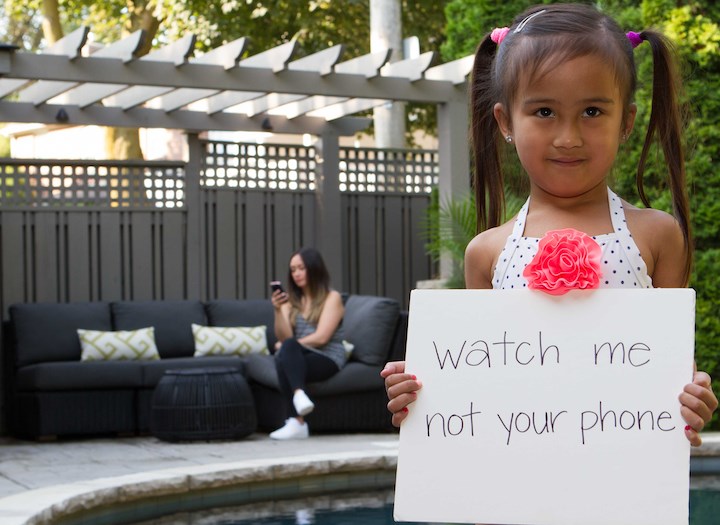Tara Jeffrey
Whether it’s Lake Huron’s beaches, the scenic St. Clair River, community or backyard pools, residents and visitors in Sarnia-Lambton are reminded to stay safe on the water this season.
The Life Saving Society, Ontario, along with partners that include the Ontario Provincial Police and Parachute Canada, are offering safety tips for families, including a new Water Smart campaign, to mark National Drowning Prevention Week (July 16-22).
“Basic safety practices such as learning to swim at an early age, wearing a lifejacket or a Personal Flotation Device (PFD) while on a vessel or in water, adult supervision of children while swimming, and not drinking and boating can make the difference between surviving, or not,” said Lambton OPP Const. Jamie Bydeley.

Police say 29 people who list their lives in OPP-investigated marine incidents in 2022 were made up of 18 boat operators, seven passengers, and four people in the water. Only two of the deceased were wearing a lifejacket.
“With capsized vessels and falling overboard the leading causes of boating fatalities every year, the life-saving value of wearing a lifejacket cannot be overstated,” OPP stated, adding that only 11 of the 130 boaters/paddlers who have died on OPP-patrolled waterways in the last five years were wearing a lifejacket.
Beachgoers are reminded to check water conditions, plan accordingly, swim in lifeguard supervised areas whenever possible, always stay in the designated swimming areas, and make sure there are enough adults to properly supervise the number of children.
Lifeguards are on patrol at Sarnia’s Canatara Beach from 11 a.m. to 5 p.m., seven days a week, until Aug. 23.
“Actively supervise children at the beach; stay within arms’ teach at all times,” the Lifesaving Society adds. “Even when children are playing at the water’s edge, if you’re not within arms’ reach you’ve gone too far.”

In 96 per cent of drowning deaths in children under five, supervision was absent or distracted, the Lifesaving Society adds. Drowning deaths and near-drownings are preventable when caregivers are informed and take the essential steps to avoid injury and accidents.
“Play and activity is important for children, including swimming, but children don’t often understand the dangers of water,” said Pamela Fuselli, president and CEO of Parachute, Canada’s national charity dedicated to injury prevention.
“We recommend layers of protection: supervision, wearing a life jacket/PFD in and around water, restricting access by a four-sided pool fence with a self-closing and latching gate, swimming lessons for both parents and kids, and training for parents in CPR/first aid.”
Private backyard pools present the greatest danger for children under five, accounting for one-third of water-related deaths for this age group — specifically, playing near water, the group noted.

“By far the biggest risk factor for young children is lack of supervision from parents or caregivers. Almost all these young victims were alone when they became immersed in water. The lapse in attention may have been just a few moments, but it was fatal.”
The drowning death rate climbs as children enter their teenage years and begin to “push the envelope” with riskier behaviour, the Lifesaving Society adds.
“Most teenage drownings happen at lakes and rivers, less so at the home pool. Half of fatal incidents occur while swimming, but other aquatic activities enter the mix as well, including powerboating, diving and jumping into water, and partying near or on the water.”
The Lifesaving Society has launched the Water Smart campaign to empower parents and others responsible for children to stay safe around water. For more information, visit https://watersmartparents.ca/
